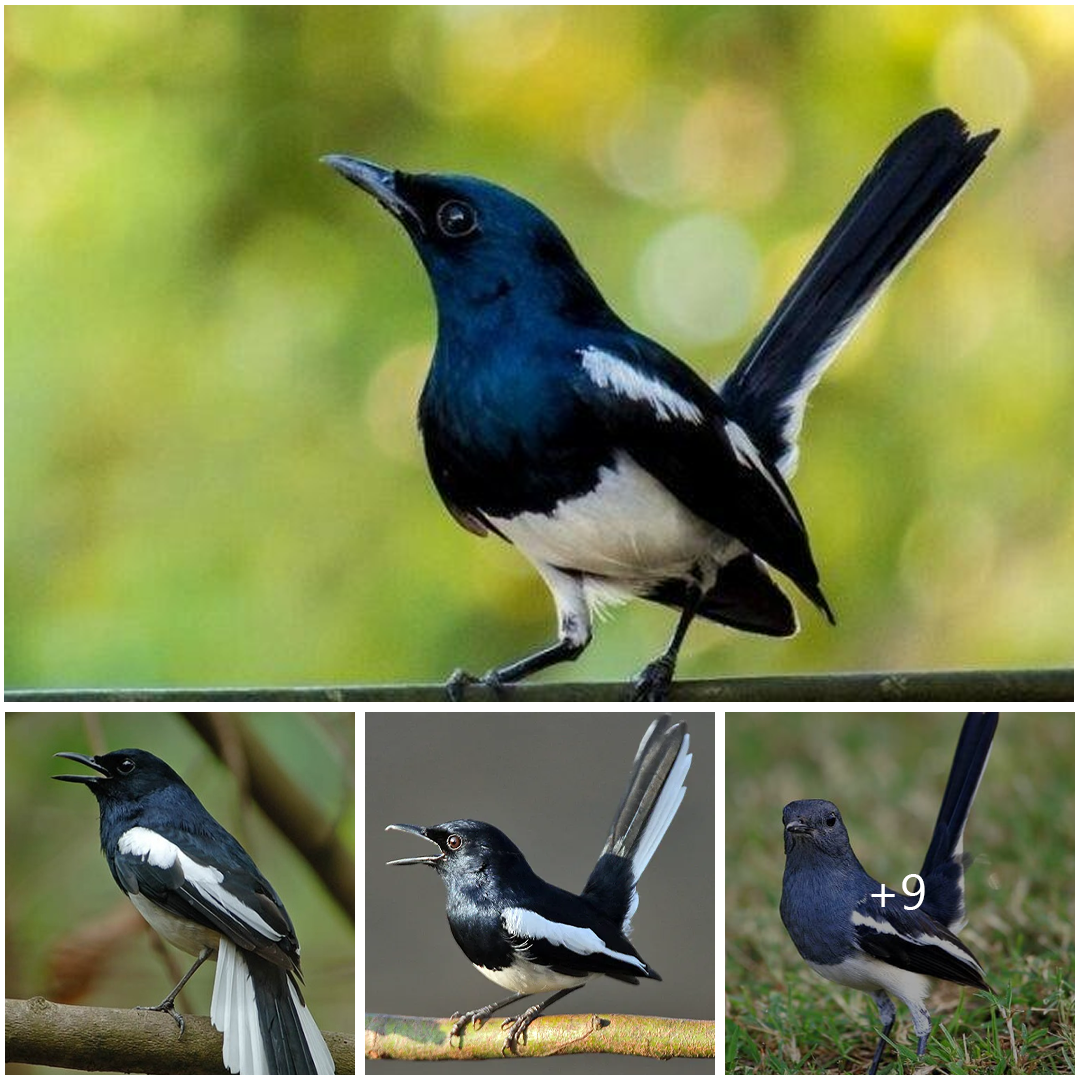
The Barn Swallow: A Graceful Icon of the Skies
In the vast expanse of the avian kingdom, few creatures embody the essence of grace and agility quite like the barn swallow (Hirundo rustica). With its sleek silhouette, acrobatic flight maneuvers, and melodious chirps, this iconic bird holds a special place in the hearts of birdwatchers and nature enthusiasts worldwide. Let’s embark on a journey to explore the captivating world of the barn swallow, delving into its characteristics, habitat, and significance in the natural realm.
Identification and Appearance
The barn swallow is easily recognizable by its distinctive plumage and elegant aerial displays. Sporting a deep blue-black back, glossy cobalt wings, and a cinnamon-colored throat and forehead, this avian marvel cuts a striking figure against the backdrop of clear skies and open landscapes. Its long, deeply forked tail adds to its graceful appearance, enhancing its maneuverability during flight.
One of the most remarkable features of the barn swallow is its fluid and acrobatic flight style. With swift, darting movements and graceful arcs, it effortlessly navigates the air, darting after flying insects with precision and agility. Its melodious chirps and trills further add to the charm of this captivating bird, earning it admiration from observers of all ages.
Habitat and Distribution
Barn swallows are highly adaptable birds, inhabiting a wide range of habitats across the globe. From open fields and meadows to coastal marshes and urban areas, they make themselves at home wherever suitable nesting sites and ample food sources are available. Despite their name, barn swallows are not exclusively confined to barns but may also nest in sheds, under bridges, and even in natural cavities.
While they are native to Europe, Asia, Africa, and the Americas, barn swallows are migratory birds, undertaking remarkable journeys between their breeding and wintering grounds. During the spring and summer months, they breed in temperate regions of the Northern Hemisphere, building cup-shaped nests from mud and grasses secured to vertical surfaces. Come autumn, they embark on epic migrations southward, traversing thousands of miles to reach their wintering grounds in Central and South America.
Feeding Behavior and Diet
As aerial insectivores, barn swallows rely primarily on flying insects for sustenance. With their keen eyesight and agile flight skills, they capture prey on the wing, performing aerial acrobatics to snatch insects mid-flight. Common prey items include flies, mosquitoes, beetles, and other small flying insects found in abundance in open fields and near water bodies.
Barn swallows play a vital role in controlling insect populations, particularly agricultural pests, making them valuable allies to farmers and gardeners. Their voracious appetites and efficient hunting techniques help mitigate the need for chemical pesticides, contributing to sustainable pest management practices in agricultural landscapes.
Cultural Significance and Symbolism
Throughout history, barn swallows have been revered and celebrated in various cultures around the world. In many traditions, they are seen as symbols of good fortune, fertility, and domestic harmony. Their habit of returning to the same nesting sites year after year is often interpreted as a sign of loyalty and devotion, inspiring admiration and reverence among human observers.
In folklore and mythology, barn swallows have been associated with themes of renewal, protection, and the cycle of life. In some Native American cultures, they are believed to possess spiritual significance, serving as messengers between the human world and the realm of spirits.
Conservation Status and Threats
While barn swallows are still relatively abundant in many parts of their range, they face various threats to their survival, including habitat loss, pesticide use, and climate change. The conversion of natural habitats into agricultural land, urban development, and deforestation reduces the availability of suitable nesting sites and foraging areas for barn swallows, forcing them to compete for limited resources.
Pesticides and insecticides pose another significant threat to barn swallows and other insect-eating birds, as they can accumulate in their prey and disrupt their reproductive success. Climate change further exacerbates these threats by altering weather patterns, affecting insect populations, and disrupting migratory routes and timing.
Conclusion
In the tapestry of life, the barn swallow emerges as a symbol of resilience, adaptability, and beauty. With its graceful flight, melodious song, and vital ecological role, this iconic bird enriches our lives and connects us to the wonders of the natural world. As we strive to protect and preserve the habitats upon which barn swallows depend, we ensure a brighter future not only for these enchanting birds but for all living beings that share our planet’s rich biodiversity.





